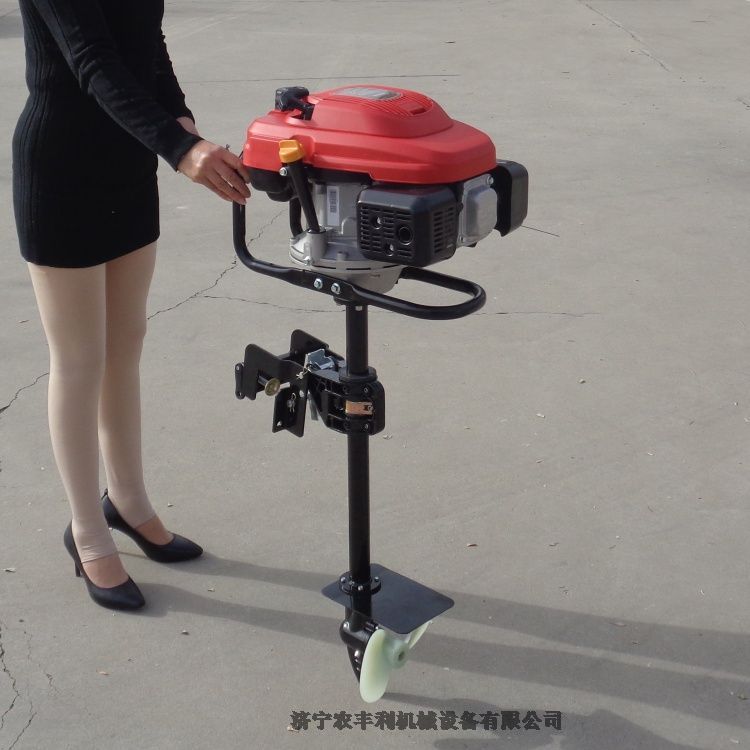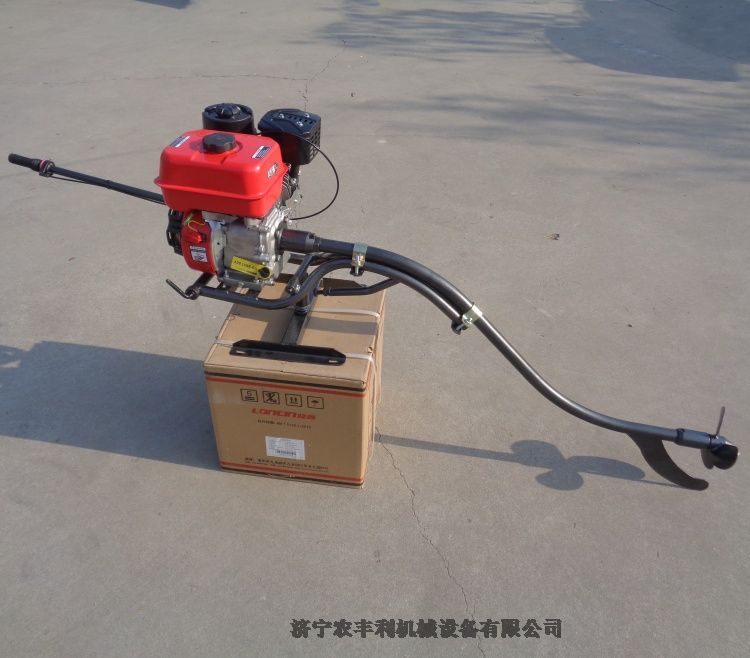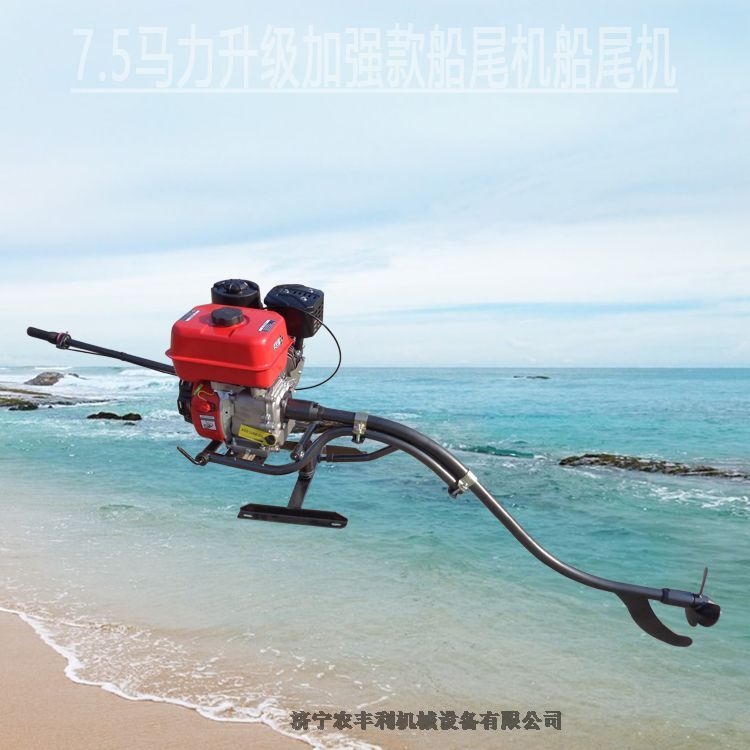







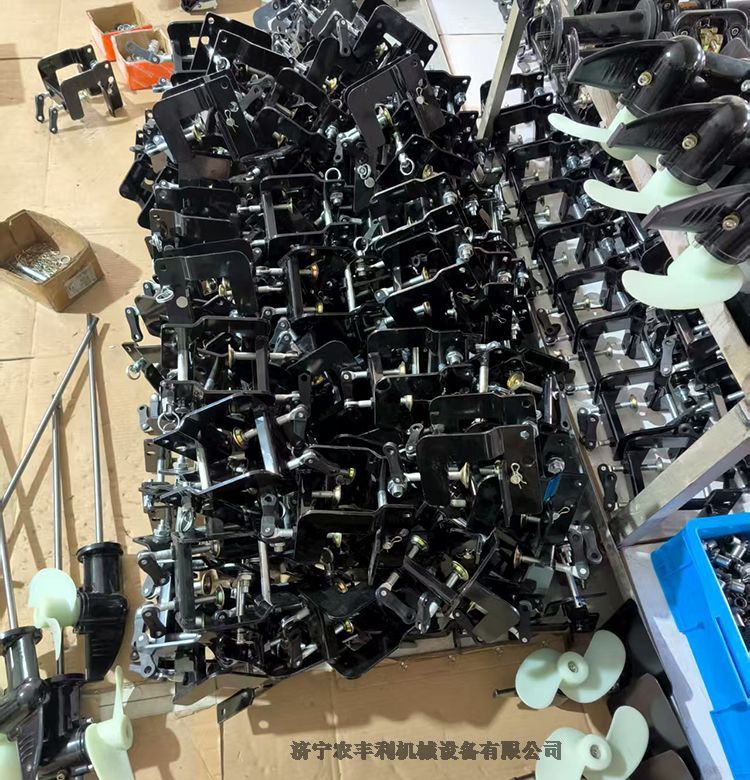
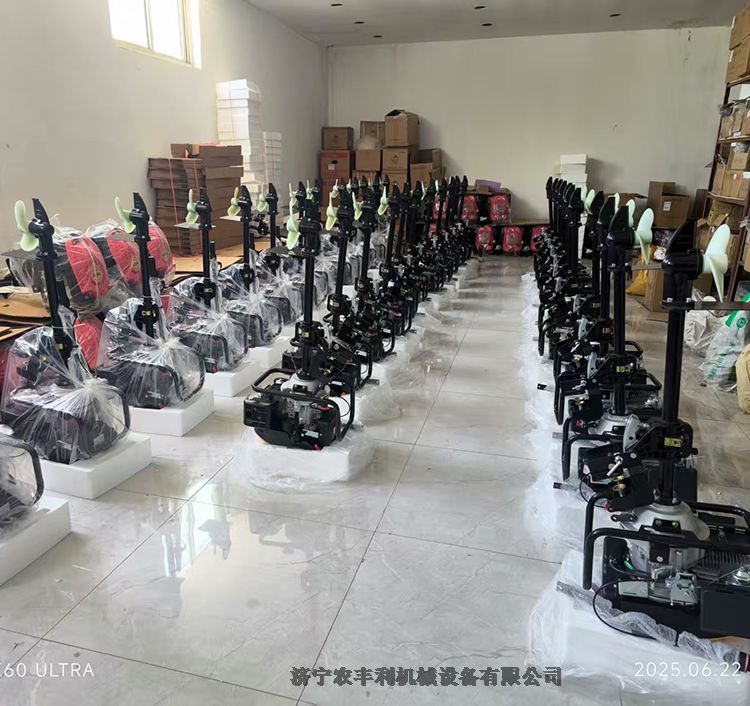
Warm Reminder: All products of our company are sold directly by the manufacturer. The online prices are all inclusive of invoices and exclude the ex-factory price of freight. If you are interested in purchasing, please call for consultation. If you have any questions, you can contact customer service.
-
Four-stroke working cycle: It follows four independent strokes of "intake - compression - power - exhaust" to complete a working cycle, which is the same as the principle of automobile engines.
-
Independent lubrication system: It has a special oil tank and oil pump, and uses pure gasoline (no need to pre-mix engine oil). The engine oil is responsible for circularly lubricating the moving parts inside the engine.
-
Valve mechanism: Intake valves and exhaust valves are used to control the inflow and outflow of gas, usually with an overhead camshaft design.
-
Relatively complex structure: Compared with two-stroke engines, it has additional valve mechanisms and independent lubrication systems (oil pans, oil pumps, filters, etc.), making the overall structure more precise.
-
Relatively heavy weight: Due to the more complex structure, it is usually heavier than two-stroke models with the same horsepower (but modern designs have greatly narrowed the gap, especially in the small horsepower segment).
-
Stable and quiet operation: The inherent working cycle and design make its vibration and noise significantly lower than those of two-stroke engines.
-
High fuel efficiency: The combustion is more sufficient, and the heat energy utilization rate is higher.
Main advantages:
-
Excellent fuel economy:
One of the most prominent advantages. The four-stroke design enables more complete and efficient fuel combustion.
Compared with two-stroke engines of the same horsepower, it can usually save 20%-50% of fuel consumption. This is crucial for users who need to sail for a long time, have inconvenient refueling conditions or limited budgets.
-
Low environmental emissions:
High combustion efficiency means a significant reduction in unburned hydrocarbon emissions.
There is no longer a need to mix engine oil into gasoline for combustion, thus eliminating the problem of blue smoke (from burning engine oil) and direct discharge of unburned engine oil into water bodies, which are unique to two-stroke engines.
It is easier to meet increasingly strict environmental regulations (such as EPA, CARB, EU RCD, etc.).
-
Extremely quiet and stable operation:
The four-stroke cycle itself is smoother, and coupled with the precise mechanical structure, the noise and vibration levels during operation are much lower than those of two-stroke engines.
It greatly improves the comfort of passengers, especially suitable for scenarios such as fishing (without disturbing fish schools), leisure cruising, and family outings.
-
Convenient to use (no pre-mixing required):
You can directly fill it with ordinary unleaded gasoline without pre-mixing engine oil. This eliminates the risk of incorrect proportioning (incorrect mixing ratio will damage the engine) and makes the operation simpler and cleaner.






















